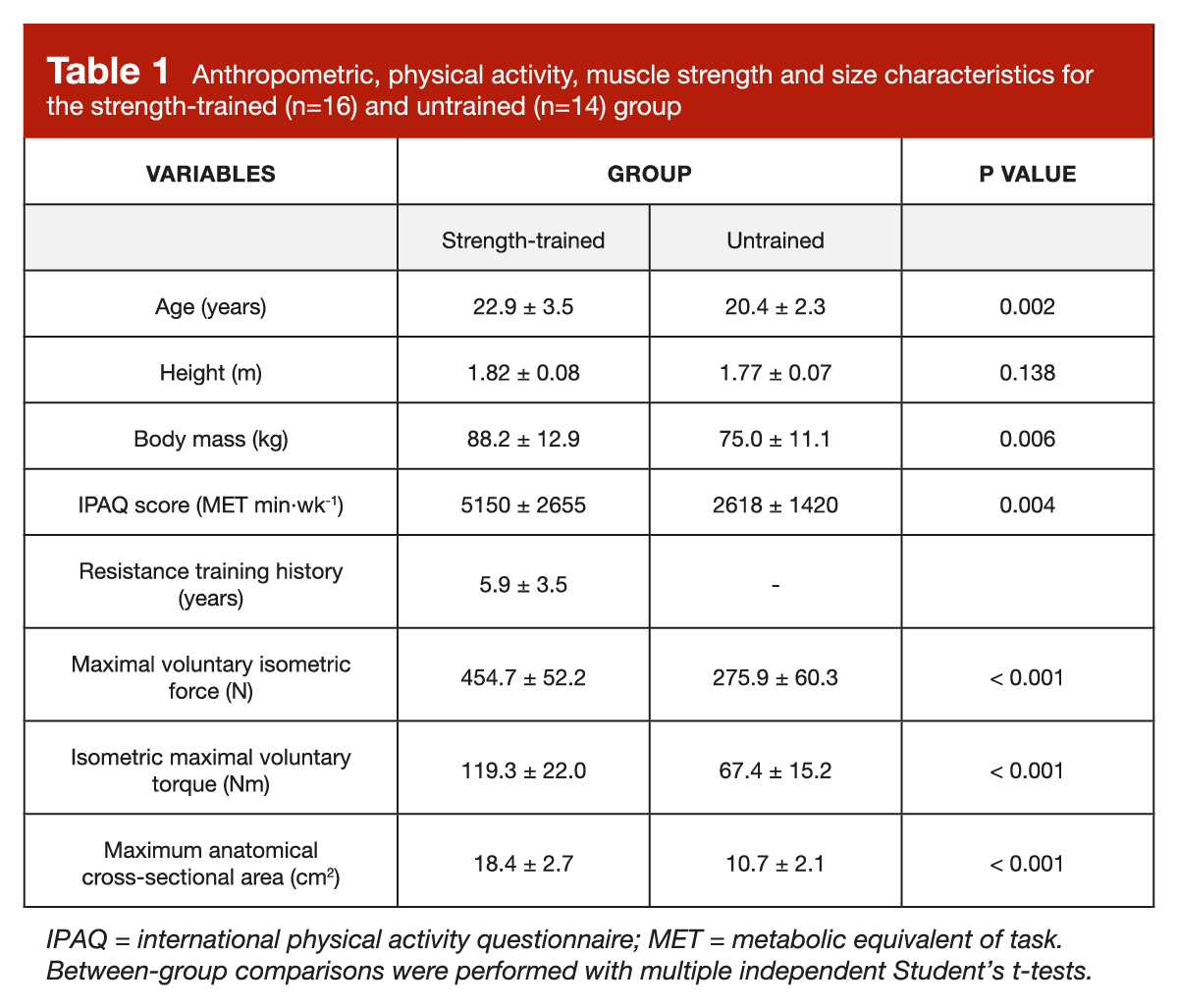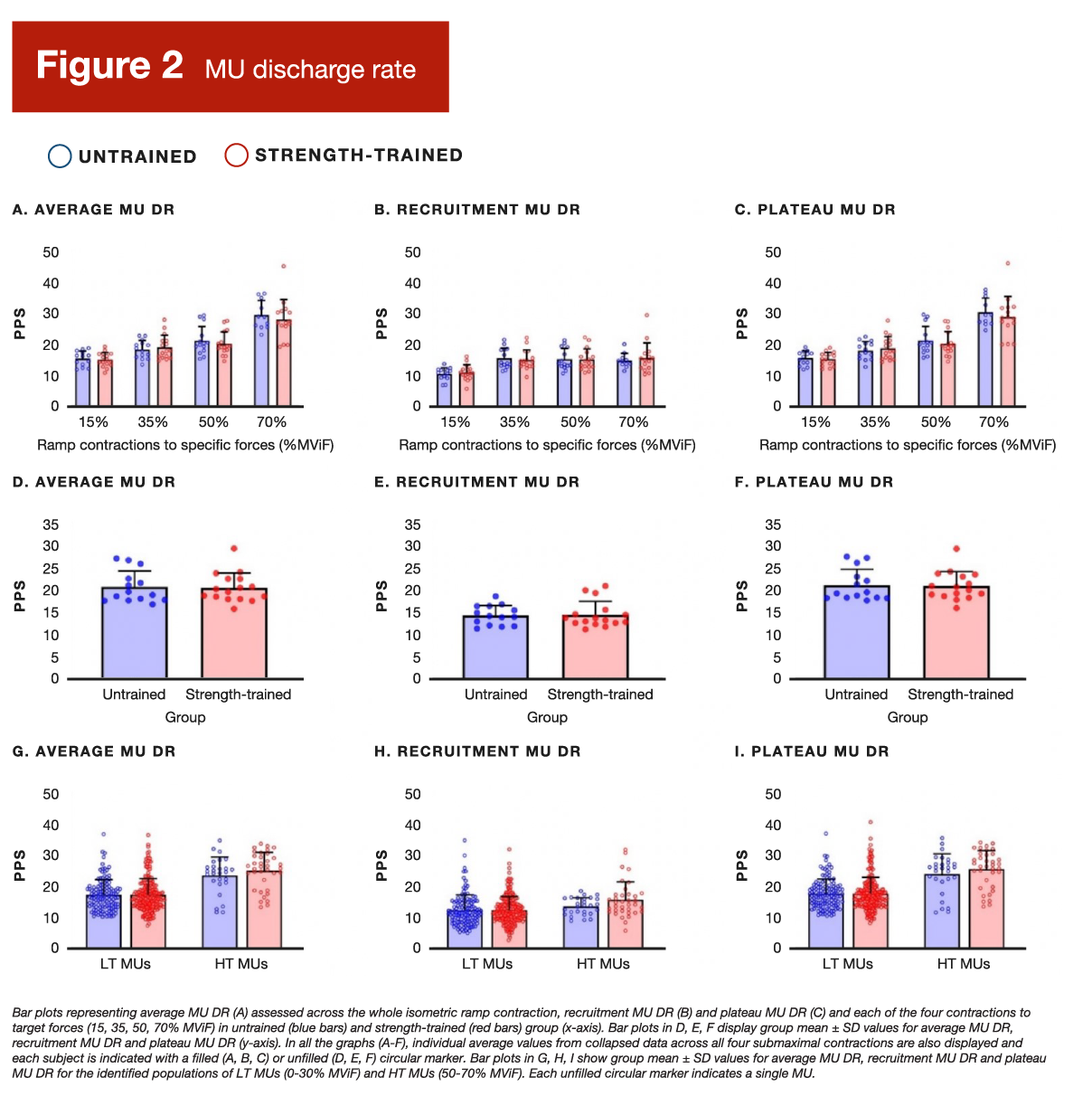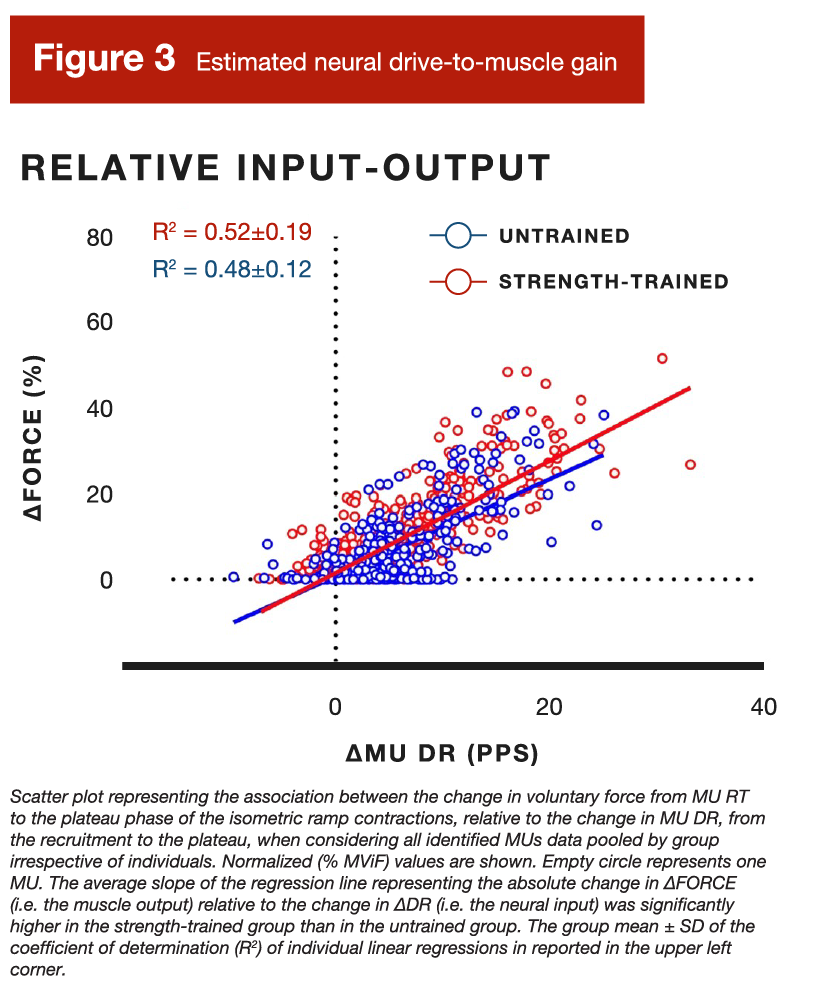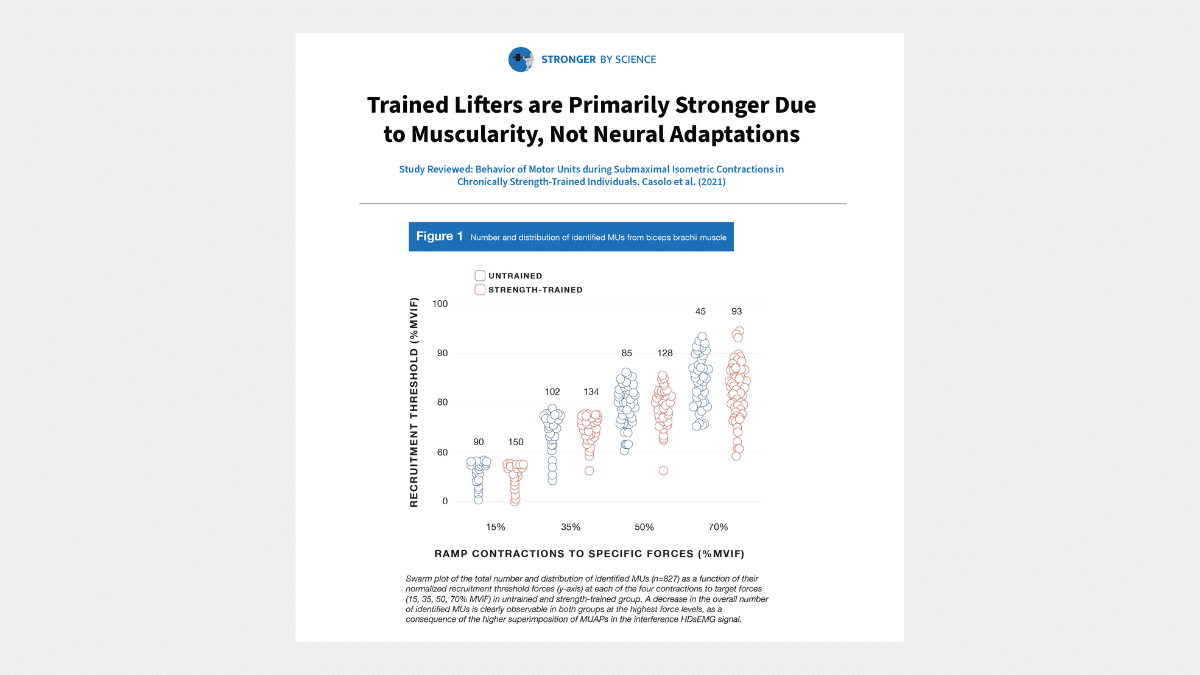Understanding the relationship between muscle growth and strength gains has several important implications for planning and monitoring training for people with strength and physique goals. If you’re a powerlifter, will a focus on building muscle (perhaps at the expense of some highly specific heavy, low-rep training) actually pay dividends over time? If you’re a physique athlete, can you use strength progress as a proxy for muscle growth?
However, much of the research investigating the relationship between hypertrophy and strength gains is hindered by (very understandable) limitations. For example, cross-sectional studies show that there’s a strong correlation between muscularity and strength, but a correlation doesn’t necessarily indicate a causal relationship. Longitudinal studies would be better for investigating the relationship between muscle growth and strength gains but, particularly in trained lifters, it may be challenging to induce enough growth within the feasible length of a study to tease out the relationship between hypertrophy and strength gains.
Fundamentally, when we ask about the relationship between muscle growth and strength gains, we’re asking, “to what extent are strength gains influenced by ‘neural’ adaptations, and to what extent are strength gains influenced by structural (i.e., hypertrophic) adaptations?” However, most of the time when researchers investigate this question, strength is quantified, muscle size is quantified, and neural adaptations are merely assumed to “fill the gap.” In other words, motor unit behavior (and the relationship between motor unit behavior and strength) isn’t actually quantified; it’s just assumed that variance in strength left unexplained by hypertrophy must be explained by neural factors (and measurement error) instead.
With that in mind, the presently reviewed study fills a major gap in our understanding of this topic. Researchers recruited 16 trained (average of 5.9 years of resistance training experience) and 14 untrained men. The subjects’ maximal isometric elbow flexion strength was assessed via dynamometry, their biceps anatomical cross-sectional area was assessed via MRI, and their motor unit behavior during submaximal isometric contractions (from 15% to 70% of maximal isometric force) was assessed via high-density surface electromyography (HDsEMG).
Before discussing the results of the study, it’s worth discussing HDsEMG a bit. HDsEMG is distinct from standard surface electromyography (sEMG). While standard sEMG merely provides a gross measure of the total electrical activity underneath the electrode, HDsEMG uses an array of electrodes and specialized algorithms to decompose an EMG signal in a manner that allows you to isolate and assess the behavior of individual motor units. As a result, HDsEMG allows you to assess motor unit recruitment thresholds and discharge rates. In other words, it can help tell us whether trained lifters are more adept at recruiting motor units, and whether their motor units discharge at a higher frequency (thus presenting muscles with a larger impetus to contract). Furthermore, assessing motor unit discharge rates allows you to assess the relationship between discharge rates and force output. If trained lifters could create more force (relative to maximal force output) with lower motor unit discharge rates, that would be suggestive of enhanced “neural efficiency” (perhaps resulting from greater intra-muscular coordination).
The results of the study were pretty straightforward: the trained lifters were considerably stronger than the untrained lifters (64.8% greater maximal isometric elbow flexion force) and considerably more muscular than the untrained lifters (71.9% greater biceps anatomical cross-sectional area). However, motor unit behavior was similar between the groups. Recruitment thresholds were similar (relative to maximal force), motor unit discharge rates were similar during each submaximal contraction, and the relationship between discharge rates and relative force output were all similar between groups. The last sentence of the abstract summarizes these findings quite well: “The greater absolute force-generating capacity of [strength trained individuals] for the same neural input, demonstrates that morphological, rather than neural, factors are the predominant mechanism for their enhanced force generation during submaximal efforts.”




Every time I revisit this subject, I become more and more convinced that for healthy people without neurological conditions, muscle size really is the primary determinant of muscle contractile force, with all other factors playing much smaller roles. When you remove any technique or skill-based components from the equation (i.e., when you just assess force isometrically), “neural” factors don’t seem to matter much: bigger muscles are stronger muscles. That equation gets a little murkier once you start dealing with more complex lifts used to assess strength, but even with more complex lifts, I think “neural adaptations” should more appropriately be referred to in less opaque terms, like “technique” and “motor skill.” In other words, if a pitcher in baseball improves their pitching mechanics over an offseason and starts controlling their pitches better, we’d probably say, “they improved their mechanics, so they’re doing a better job of hitting their spots.” We probably wouldn’t say, “they’re pitching better due to neural adaptations.” I think the same concept applies to strength: if someone can lift a ton of weight relative to the amount of muscle mass they have, I doubt it’s due to a preternatural ability to recruit more motor units, or the ability of their motor units to discharge rapidly; rather, it’s more about technique and general motor skills (and probably favorable structural factors as well). “Technique” and “motor skill” also have neural origins, of course (probably relating to adaptations in the motor cortex or cerebellum), but I don’t think those are the sorts of “neural adaptations” people have in mind when they use the phrase.




